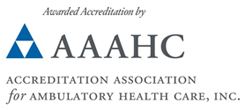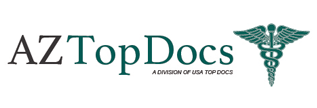Relaxation therapies encompass a variety of designed to alleviate stress and promote mental and physical well-being. One common method is deep breathing exercises, which involve focusing on slow, controlled breaths to activate the body’s relaxation response. This practice helps lower heart rate, reduce anxiety, and increase oxygen flow to the brain, fostering a sense of calm. Another effective technique is progressive muscle relaxation, where individuals systematically tense and then relax different muscle groups throughout the body. This approach not only enhances awareness of physical tension but also facilitates the release of that tension, contributing to a more relaxed state. Guided imagery is another popular relaxation therapy that encourages individuals to visualize calming scenes or experiences, providing a mental escape from stressors and fostering a sense of tranquility.
Other relaxation therapies include mindfulness meditation, yoga, and tai chi, all of which combine physical movement with mental focus to enhance relaxation. Mindfulness meditation encourages practitioners to remain present and aware of their thoughts and feelings without judgment, helping to cultivate a state of calmness and clarity. Yoga incorporates postures, breath control, and meditation to promote physical flexibility and mental relaxation. Similarly, tai chi, often described as “meditation in motion,” involves slow, flowing movements
that enhance balance, flexibility, and relaxation. These therapies can improve overall health, reduce symptoms of anxiety and depression, and promote a greater sense of well-being when practiced regularly.







